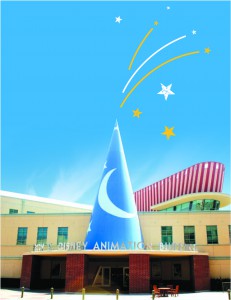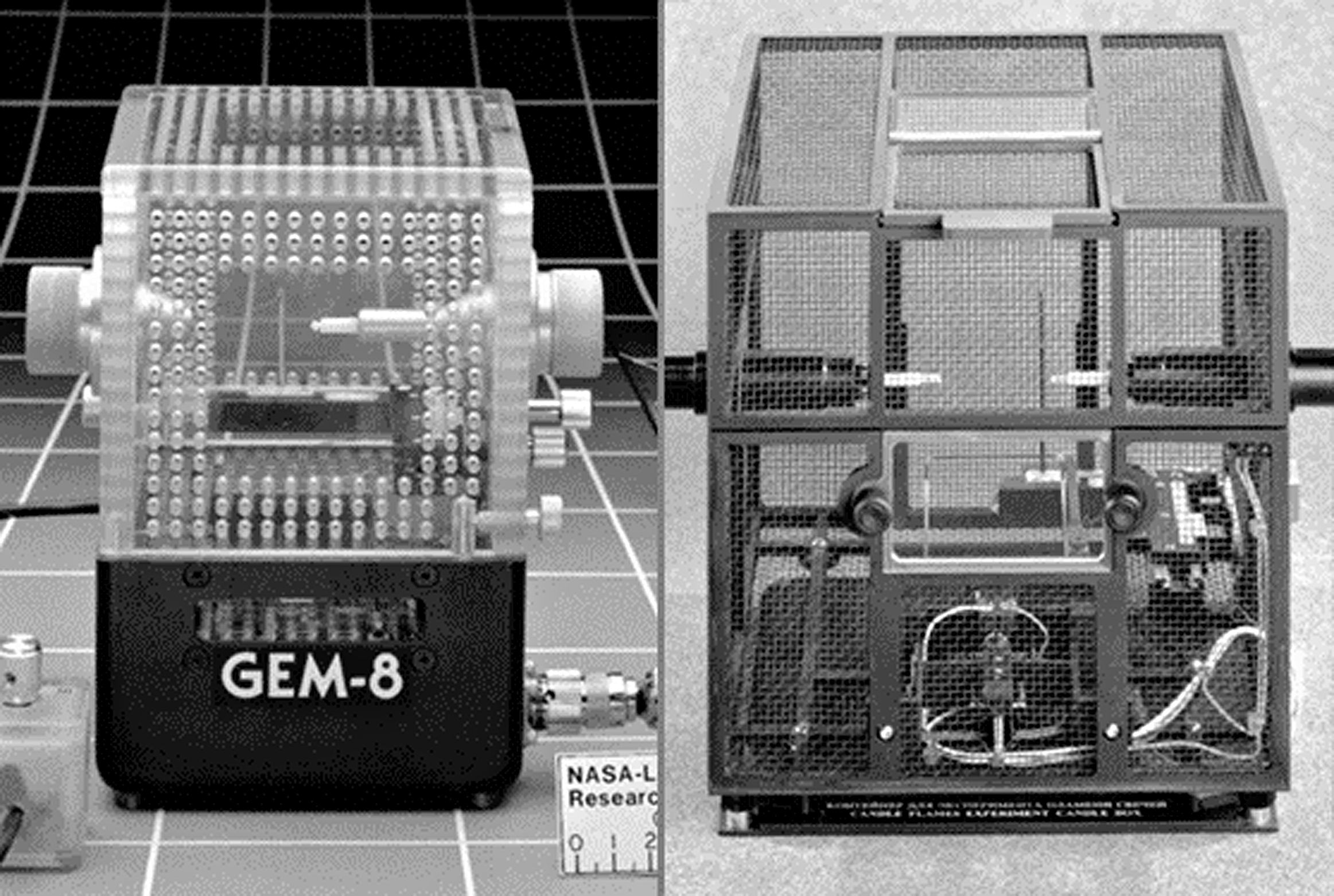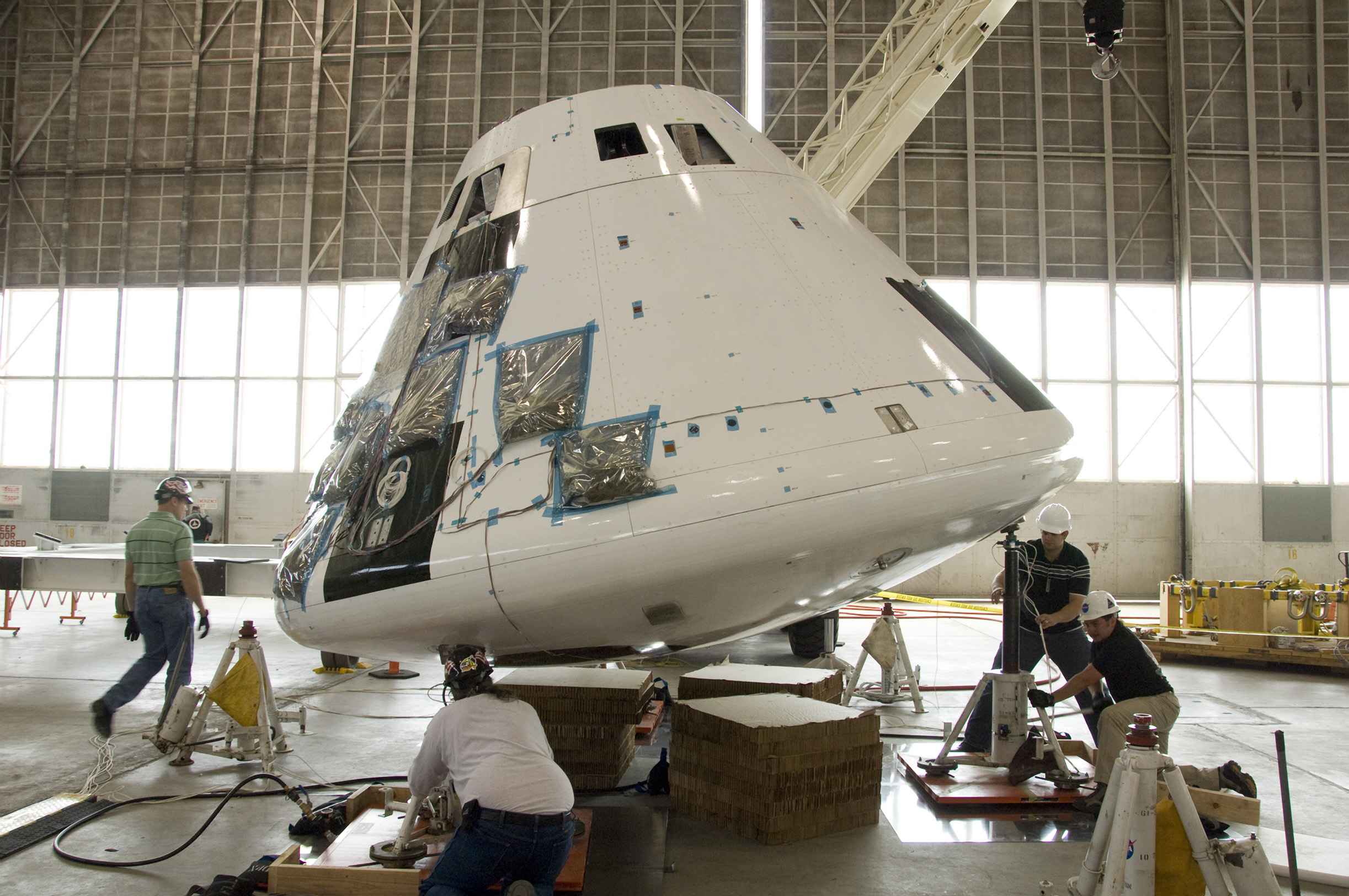
By Taralyn Frasqueri-Molina
Even a genius team can never anticipate every possible risk that might occur on a project. Before unexpected risks rear their ugly heads, create a mitigation plan for dealing with the risk of not knowing what could happen.
In December of 2009, I had the opportunity to manage a great project. It was a huge renovation and technological upgrade to the main theater at the Walt Disney Animation Studios in Burbank, California. It would be the biggest project in terms of budget, schedule, and crew that I had managed in my Disney career. This project would also be an opportunity to show what serious project management could do and how necessary it was.
Since 2007, I and my media-engineering team had been going through all the phases and processes of a new project management life cycle. Before then, we hadn’t had any standardized methodologies. That lack of structure was contributing to project failures. When I was handed the project management reins and tasked with making some big changes, the first thing I did, after wigging out, was create a structure and a methodology that would work for my team and the kinds of projects we delivered.
This large-scale shift didn’t occur overnight. I worked diligently to discover what project management meant for us, and to uncover what processes worked and didn’t work. Sometimes I’d ask my team for direct feedback about our process. They didn’t mince words about the things they didn’t like. Sometimes we learned by making mistakes together and realizing a change was necessary. Truthfulness and pinpoint criticism helped me make an honest assessment of my skill level as a project manager, how mature our project management system was, and where it (and I) needed to be. One thing that came from this introspection was a Change Control Board, or CCB. Team members were used to solving problems on their own and not having to make a pit stop, pitch their idea, and wait for someone else’s approval. In order to keep a lid on scope creep and gold plating, and to keep track of great ideas we couldn’t take advantage of immediately, a CCB was necessary. Our CCB is both formal and informal, structured enough to handle changes in complex projects, but flexible enough to approve changes that can add value right away.
Once the methodology and processes were in place and my colleagues and I started to follow a structured plan, we began to have little project management wins. We started to shrink how far behind schedule we had been. Then we started to meet our deadlines, which eventually led to us meeting our project schedule as a whole. Completed projects began to cost less. We were still over budget, but less and less. Soon we were meeting all project costs, which eventually led to us coming in under budget for our entire fiscal-year portfolio. Our stakeholders’ frowns and grumbles turned to smiles and praise. My team could clearly see the value of project management. Over time I gained their buy-in, a big win for me considering they had been used to running without a project management plan for so long.
From 2007 to 2009, I improved upon and streamlined our early structure, methodology, and processes. When the main theater renovation came around in late 2009, it was a chance to showcase what I had developed and show what media-engineering project management was all about.
Essentially, the intent of the main theater project was to remove all the old stuff and put in new stuff. The space was important; it was our only theater and could not be structurally changed. The schedule was critical; the theater was regularly used to support production and therefore could not be out of commission for more than a few days. It would be a technological powerhouse in a 140-seat space, including a first-of-its-kind dual-powered screen system. The screen system was the crown jewel and the one feature regularly touted as the driving factor behind the project. This system would allow the studio to have, in addition to a 2-D standard screen, a 3-D stereoscopic screen, a key piece of equipment for all technologically advanced movie theaters. And we wanted to get these two types of powered screens to fit in a space originally engineered for one.
Unlike a fixed screen, which is hung on the wall like a giant portrait (this is what you usually see in a commercial movie theater), a powered screen is housed in a massive metal box weighing around 700 lbs. The metal box contains the screen, which is wrapped around a huge roller, and a motor that powers the roller to raise and lower the screen. The box is anchored into the ceiling, in a fly space. The need for two of these boxes in one space created a significant design challenge, but the project delivery team worked it out, and a screen company custom-made what we envisioned. Our biggest hurdle cleared, it seemed we were on our way to project victory. All we had to do was follow the plan.
After months of talking and theorizing, the day of installation arrived. I should have known the day wasn’t going to go well when the contracted demolition and install crew showed up with no hauling equipment and maybe two hammers among them.
Once all my crews (demolition, construction, electrical, audio/visual technicians, HVAC, fire safety, clean up) were settled and demolition started, I got a call from building security that my screens had arrived. I stepped outside and saw a massive flat-bed trailer with two long, wooden boxes strapped to it. The whole thing seemed to be as long as two city blocks! The delivery crew hauled the boxes into the lobby and the install crew started breaking everything open. Things seemingly under control, I stepped away from the scene for a moment to take care of paperwork. About thirty minutes later, the install crew lead was at my desk telling me there was a problem with the metal boxes that house the powered screens. Each box measured 30 feet and 10.5 inches long. But the screen wall inside the main theater measured only 30 feet and 7 inches long. Each box was 3.5 inches too big.
The crowning piece of the whole show, the one-of-a-kind, custom-made, initiating force behind the project didn’t fit. On the way to project victory, we had taken a major detour into a project nightmare.
The team looks to you, the project manager, for direction in times of trouble. If you are scattered and frantic, their confidence in you and your ability to resolve the problem successfully will greatly be diminished.
While I plan for as many risks as possible with the help of the project delivery team, I know it’s impossible to account for every risk. Realizing this early in establishing a project management methodology, I had developed a risk-mitigation plan for unknown risks that would help reestablish order during a time of chaos. The eight-step plan is
- Remain calm.
- Halt the entire project or just the affected work momentarily and let everyone take a break.
- Immediately gather the resolution team, which consists of the project manager and any of the people who can offer solutions; meet privately.
- Assess risk impact.
- Brainstorm solutions.
- Choose a solution.
- Obtain project sponsor approval.
- Communicate the solution to the entire team, resume project, resolve risk.
This process works for the kind of projects I manage. While these specific steps may not work for everyone’s projects, some of them should be widely useful. Remaining calm is a good general principle. Panic is not a useful approach to any problem. The team looks to you, the project manager, for direction in times of trouble. If you are scattered and frantic, their confidence in you and your ability to resolve the problem successfully will greatly be diminished. Stopping the affected work is also a valuable rule, since acting before you understand the problem or its solution is likely to make things worse. And quickly identifying and gathering the individuals who can help makes sense in most situations; you need the right people on hand to help make the right decisions. Not everyone needs to be involved in solving the problem. Whatever the details of your plan are, having some kind of plan in place to handle unanticipated risks will always work in your favor.
Following the eight steps, the resolution team and I came up with a solution for handling the problem. When we looked at the two sets of design drawings, we noticed the actual screens were the correct dimensions on both sets. On one set of drawings, however, the box dimensions were incorrect. We pulled open the boxes and found over seven inches of empty space on the motor side. An electrical crewmember grabbed a buzz saw and safely cut off the excess. Now the screen boxes are up in the ceiling of the main theater, nestled into a perfect fit, and they haven’t caused any trouble since.
It wasn’t until after the solution was being implemented that the manager, the project engineer, and I met to talk about how the trouble originated. We never pointed fingers during project implementation, since there was still a lot of work to be done, and a negative crew is less effective than a happy one. After many discussions and honest assessments of points of failure, we determined that the main cause of the risk were the erroneous sets of drawings the manufacturer gave to the project delivery team. Each drawing showed a different measurement. When I would call the manufacturer with one set of drawings, they’d confirm the measurements I was talking about. But when the engineer called the manufacturers using the other set, the manufacturer would confirm that as well. And because the project delivery team got both drawings from the same manufacturer (who is still a very reputable and trusted source), we assumed they were identical copies and didn’t think to compare the sets.
That is the worst part about project management. The smallest detail, one incorrect measurement, a seemingly harmless assumption left unverified, can spell disaster for a project you’ve been planning for months or years.
I know the old saying is, “measure twice, cut once,” but sometimes something (usually a very small thing) slips through the cracks. For those times, having a pre-planned response will help minimize a negative impact or eliminate it altogether.
That’s what I learned. That, and always have a buzz saw on hand.
About the Author
 |
Taralyn Frasqueri-Molina is a project manger in media engineering for Walt Disney Animation Studios. She leads projects and project teams focused on developing, retrofitting, and integrating media technologies into existing buildings and system infrastructures. She is a member of the Project Management Institute, Los Angeles chapter; the current virtual headmaster of online resource gantthead University; and was a speaker at NASAs Project Management Challenge 2011. You can reach her on Twitter, @PML33T. |










